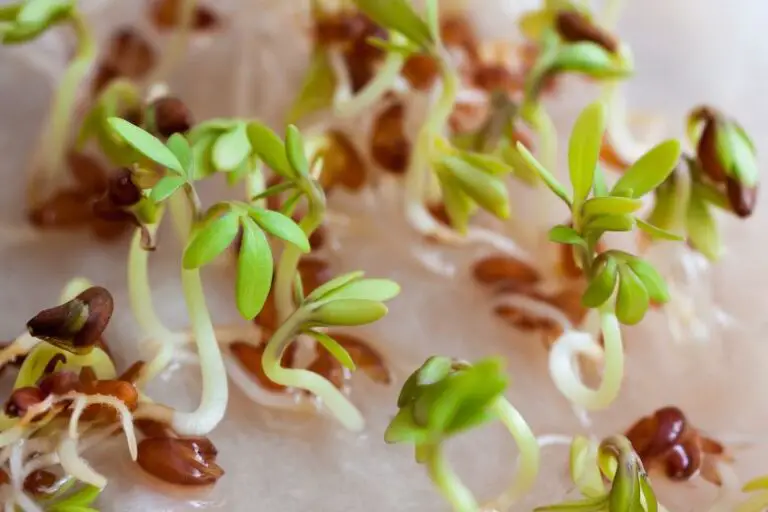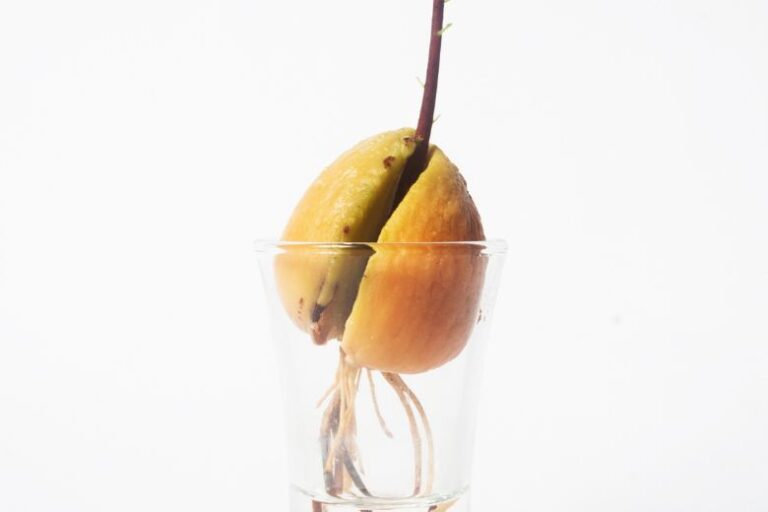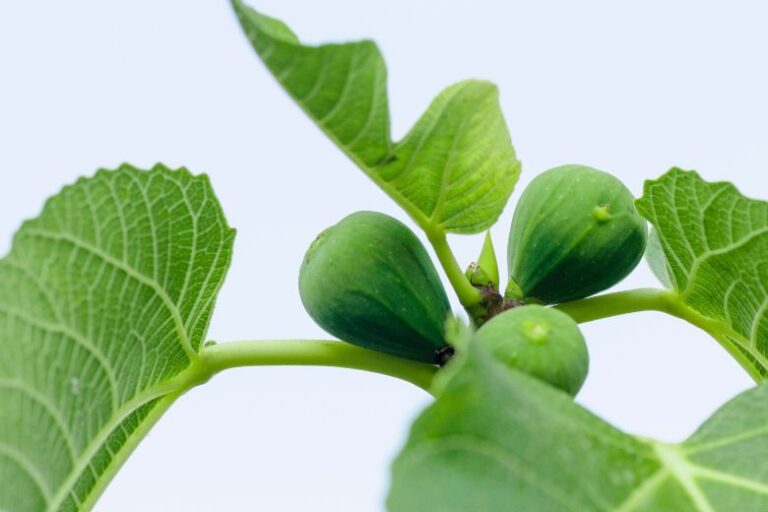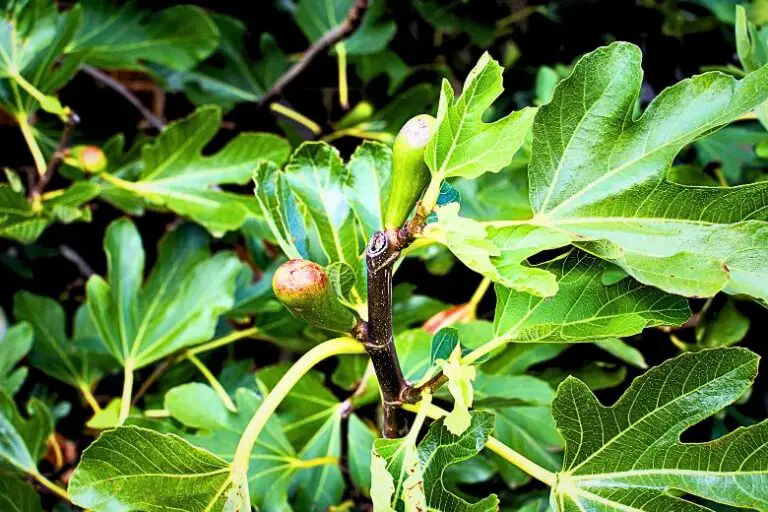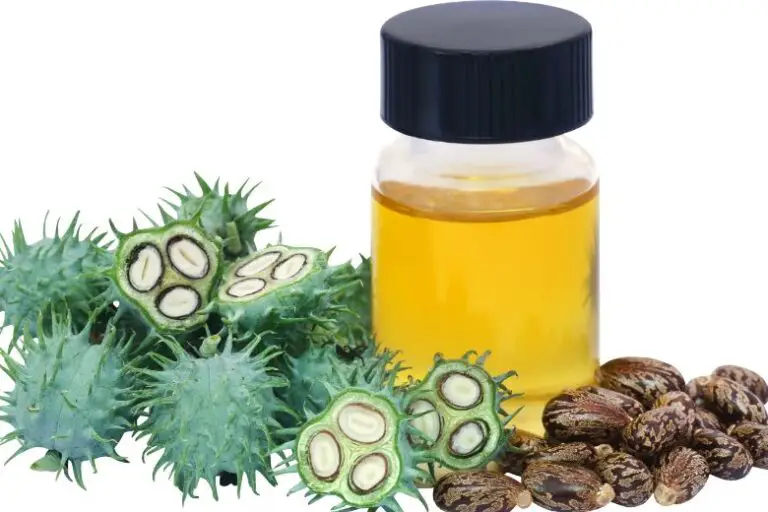How Long Does It Take for Chia Seeds to Germinate
Chia seeds have gained immense popularity in recent years due to their numerous health benefits and versatility. These tiny seeds are packed with essential nutrients and can be easily incorporated into various dishes. One common question that arises among those who wish to grow chia seeds is how long it takes for them to germinate….

